
Determine the Ideal Depth for Any Dado Cut
George VondriskaDadoes provide an excellent way to join cabinet sides to shelves, but in order for the joint to be strong the dado cut needs to be right. There are two common conventions for determining the depth of a dado cut, and we’ll explain them here.
Why a dado?
Dadoes are significantly stronger than a butt joint, thanks to way a dado completely houses the mating piece. Not only do you get a mechanical advantage between the two pieces, you also increase the glue area, a lot, making for a very strong joint that works great for cabinets, and boxes in general.
Tooling
The table saw, paired with a dado head, is one of the easiest ways to cut accurate dadoes. There are both 6” and 8” dado heads on the market. You need a little background information to determine which size of dado head is right for you, your shop, and your table saw.
More about dadoes
When you’re ready to cut dadoes you need to know more than simply how deep to make them. You need to understand how to set up a stackable dado head, when to use dado shims, and how to determine if you’re getting the correct fit. No problem. WoodWorkers Guild of America has a great tutorial on cutting dadoes.
You may also be interested in:
Share tips, start a discussion or ask one of our experts or other students a question.
Already a member? Sign in
2 Responses to “Determine the Ideal Depth for Any Dado Cut”
Explore videos by George Vondriska
You may be interested in
Premium Membership
Unlock exclusive member content from our industry experts.
- 24/7 Access to Premium Woodworking Videos, Projects, and Tips
- Step-by-Step Instructional Demos, Plans, and Tutorials
- 50% Off Video Downloads Purchased in the Woodworkers Guild of America Shop
- 2 Printable Woodworking Plans
Unlock exclusive member content from our industry experts.
- 24/7 Access to Premium Woodworking Videos, Projects, and Tips
- Step-by-Step Instructional Demos, Plans, and Tutorials
- 50% Off Video Downloads Purchased in the Woodworkers Guild of America Shop
- 2 Full-Length Video Downloads to Watch Offline
- 2 Printable Woodworking Plans
Gold Membership
$370 Value
Get everything included in Premium plus exclusive Gold Membership benefits.
- 24/7 Access to Premium Woodworking Videos, Projects, and Tips
- Step-by-Step Instructional Demos, Plans, and Tutorials
- 8 Full-Length Video Downloads to Watch Offline
- 3 Full-Length Woodworking Classes to Keep for Life
- 7 Printable Woodworking Plans
- Discounts on Purchase-to-Own Content in the Woodworkers Guild of America Shop
- Access to Ask the Expert Program
- Exclusive GOLD LIVE Streaming Events




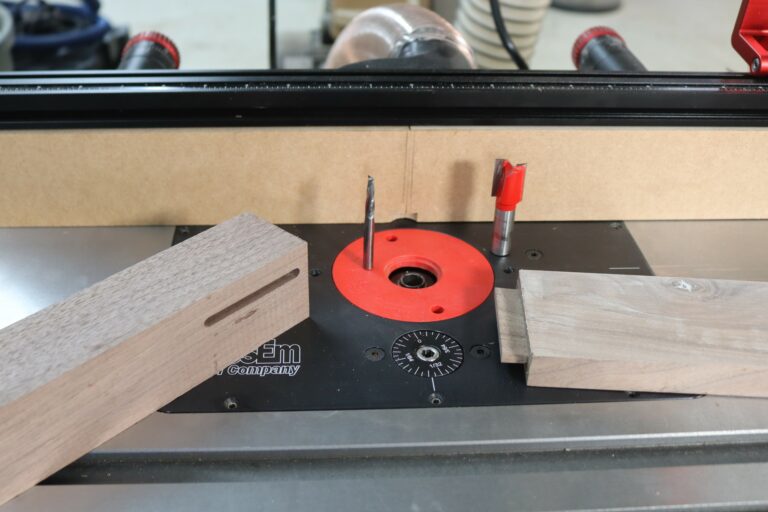
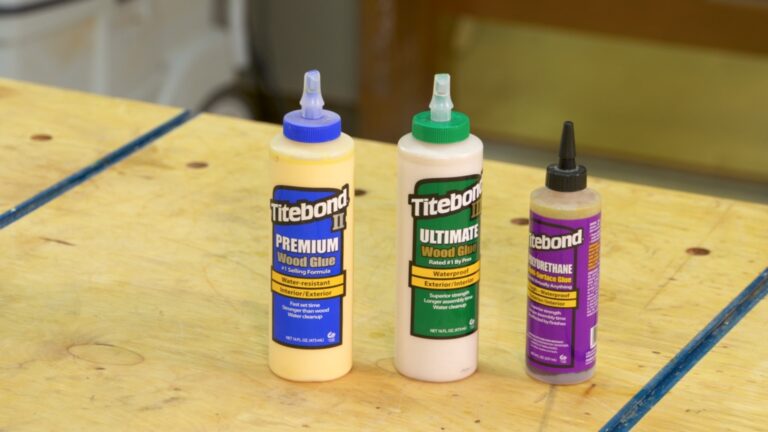
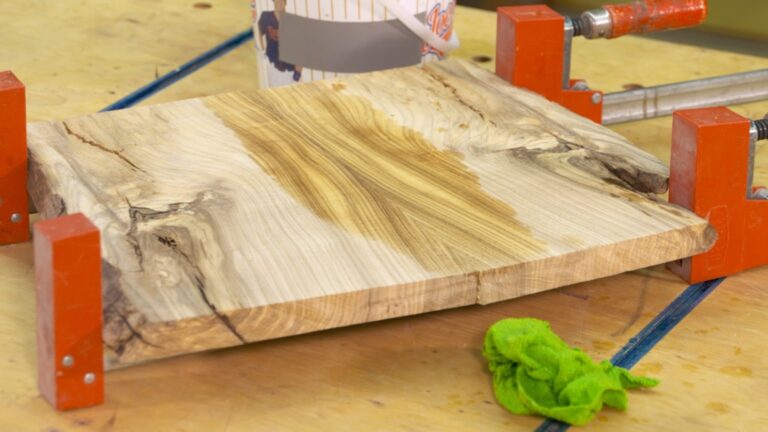


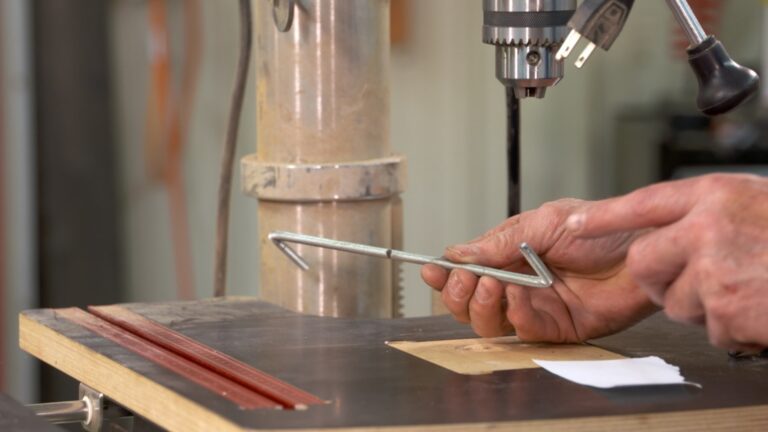

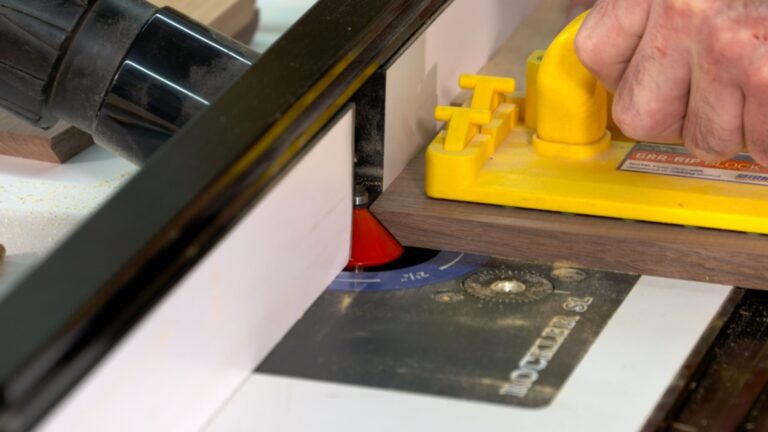

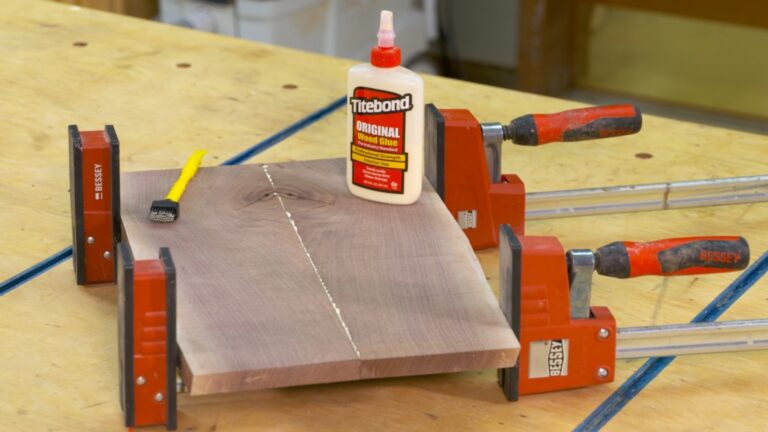
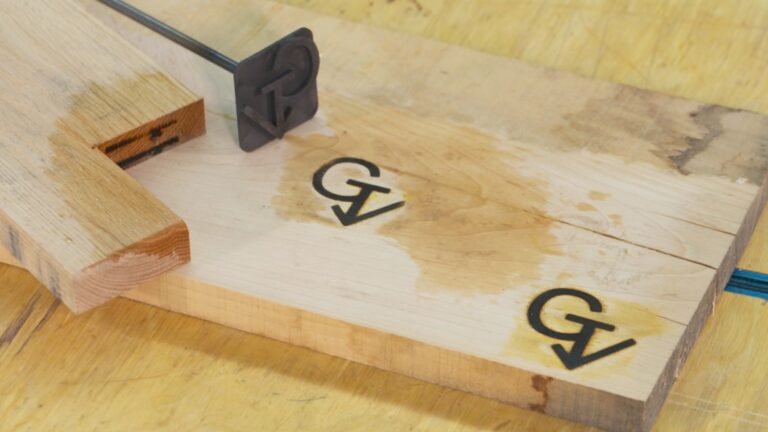
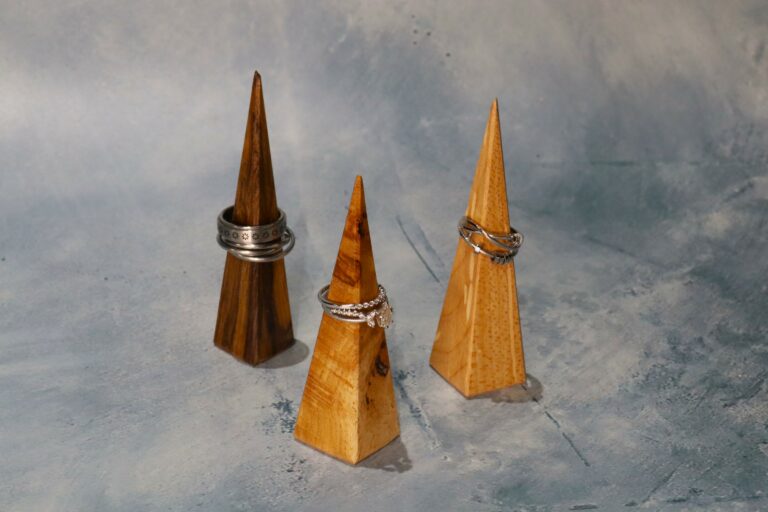
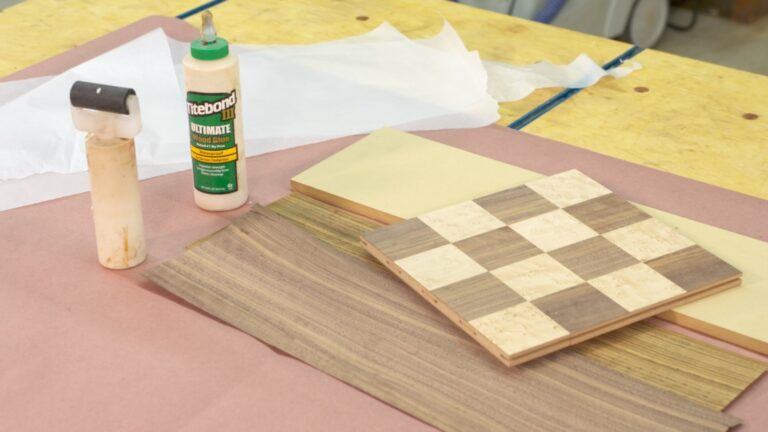
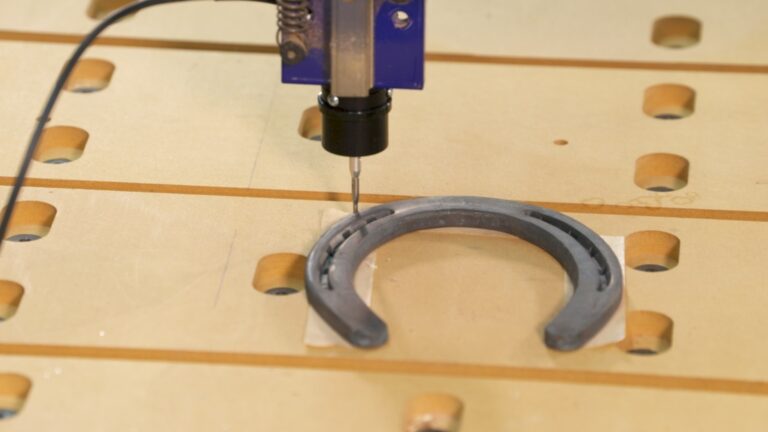
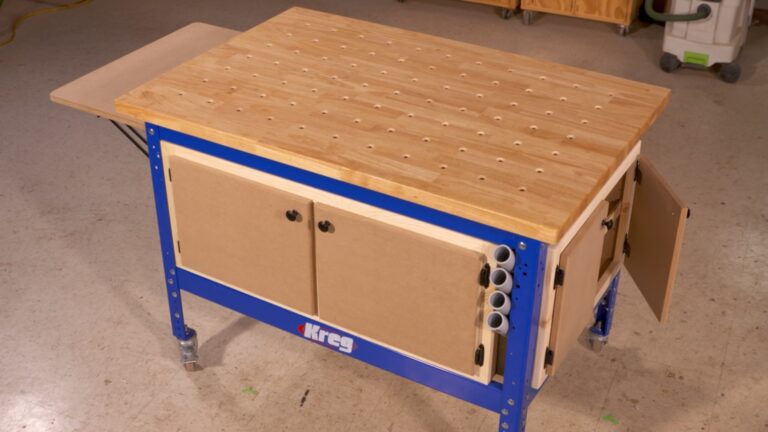


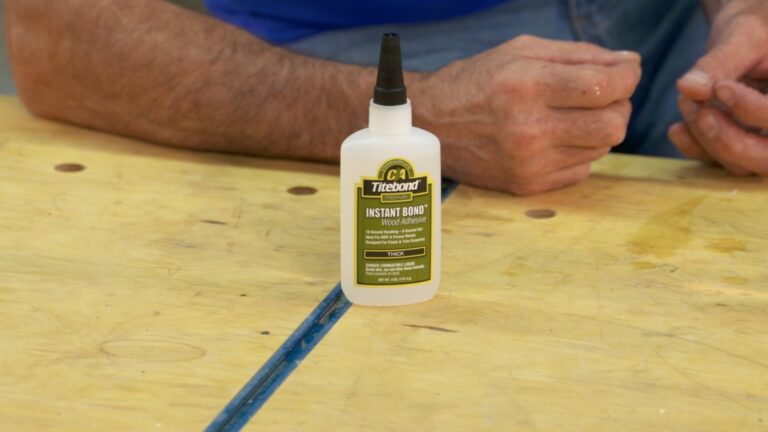
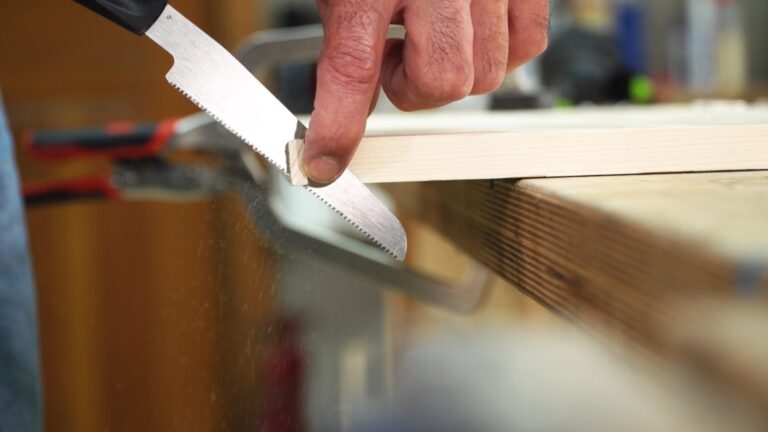
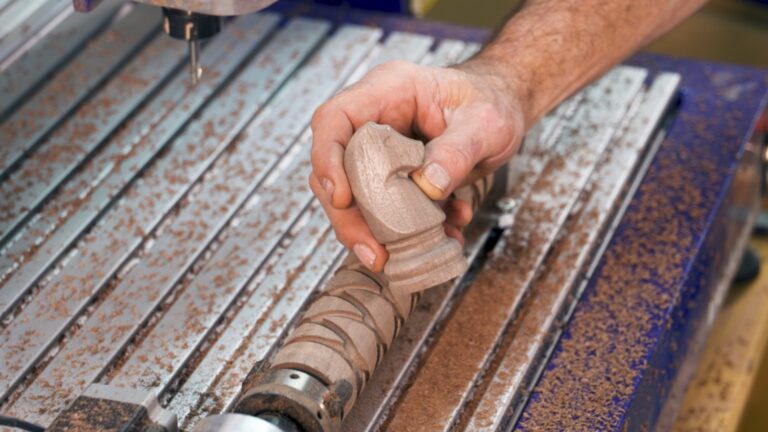
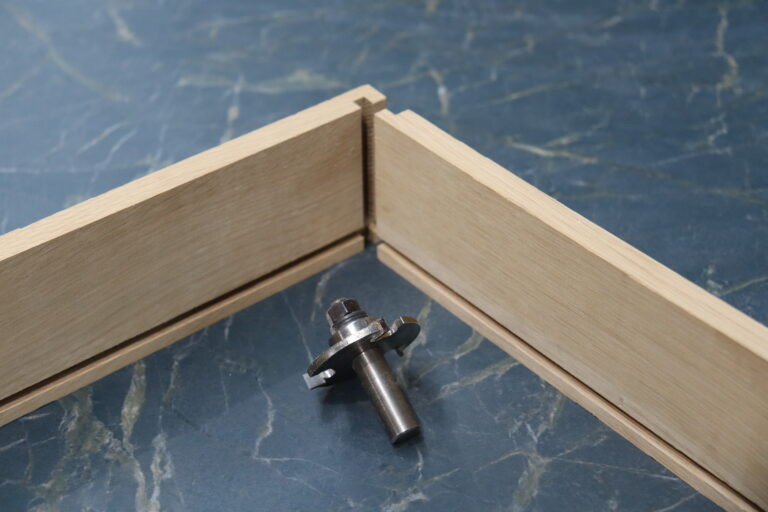
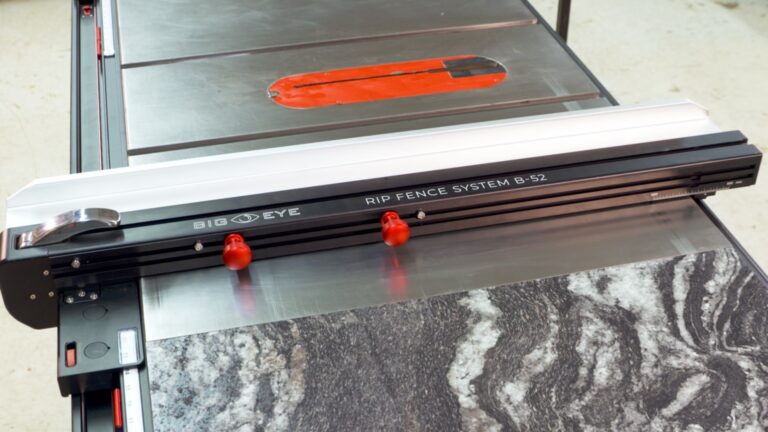
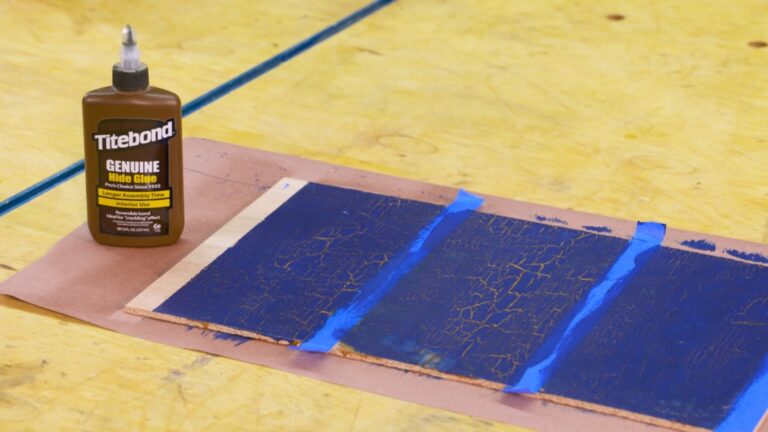
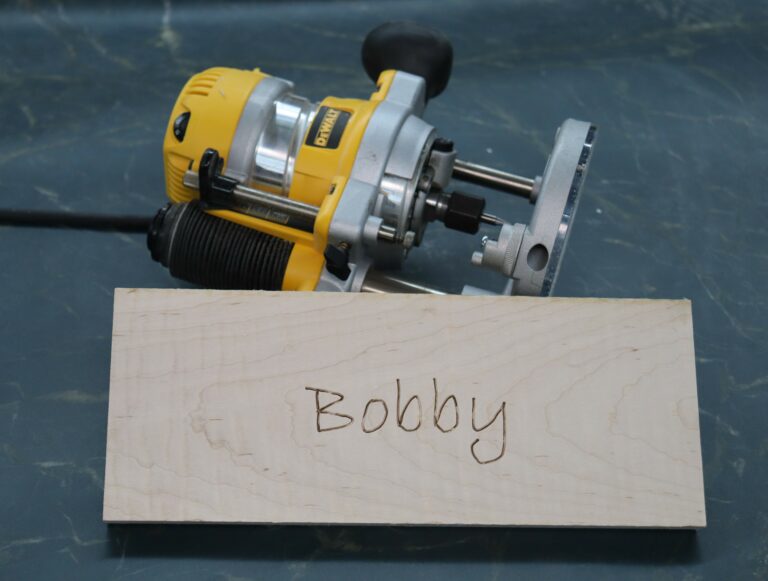
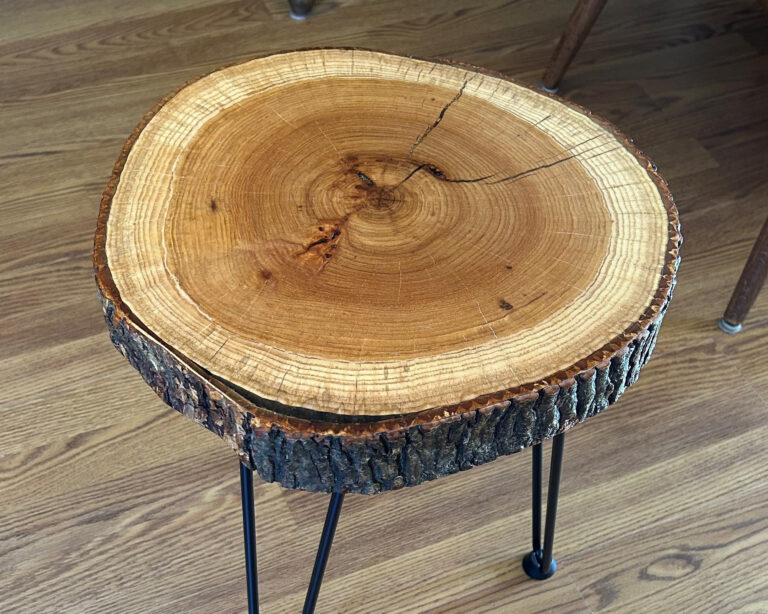
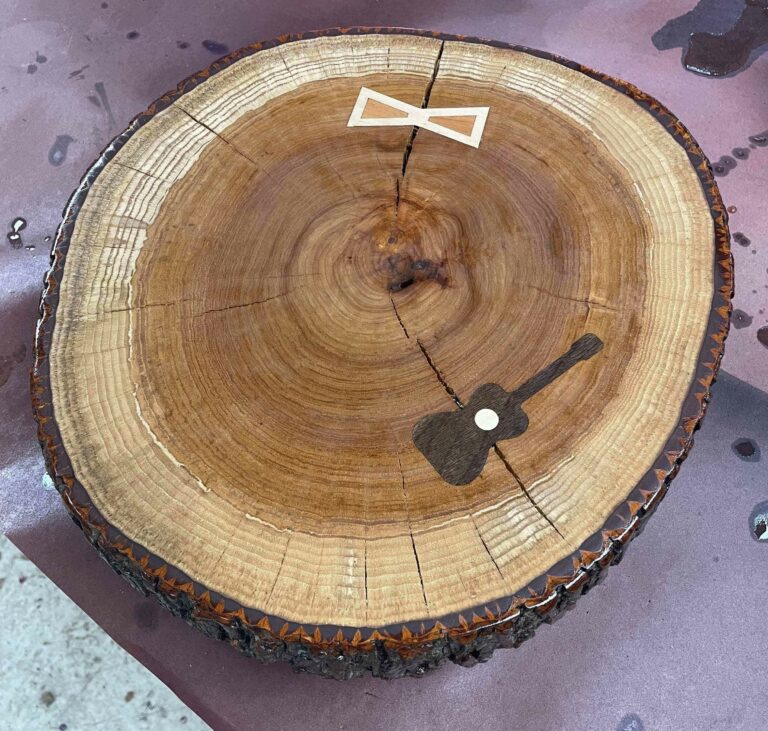

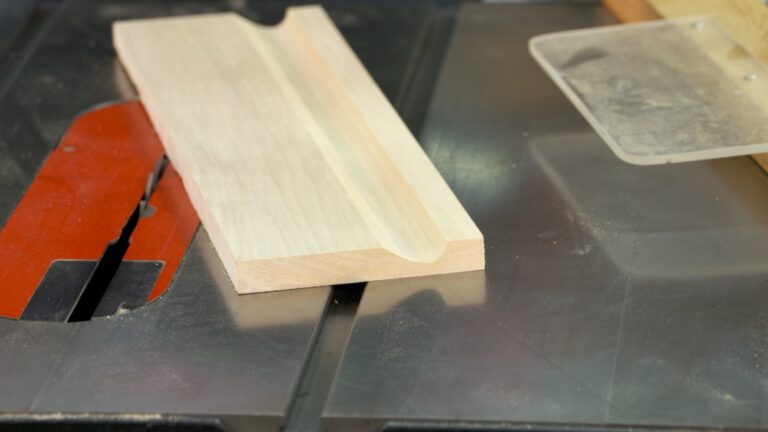

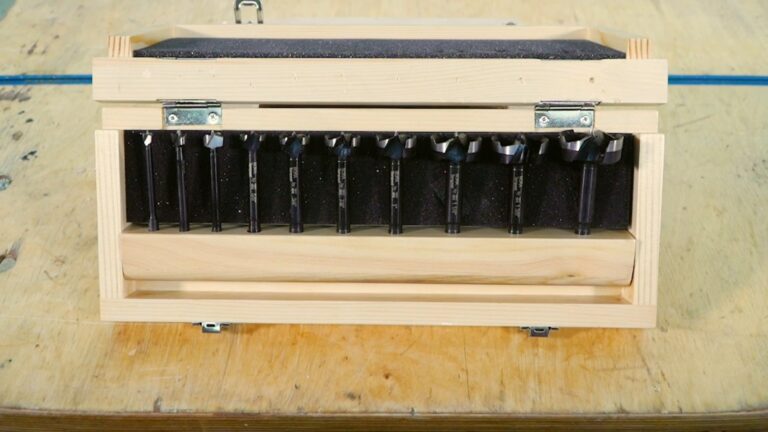

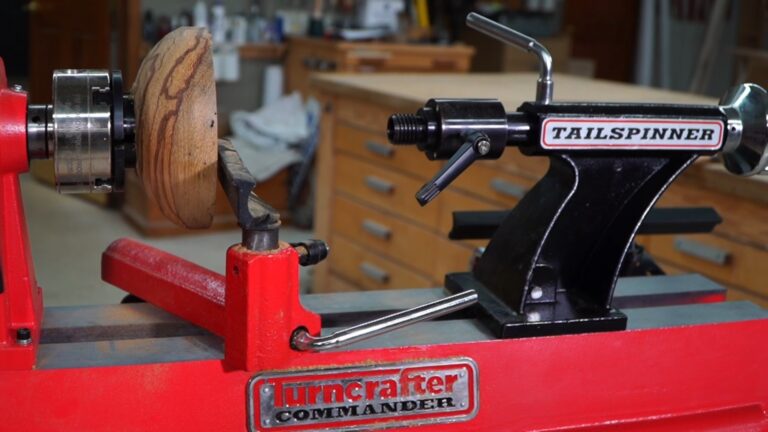
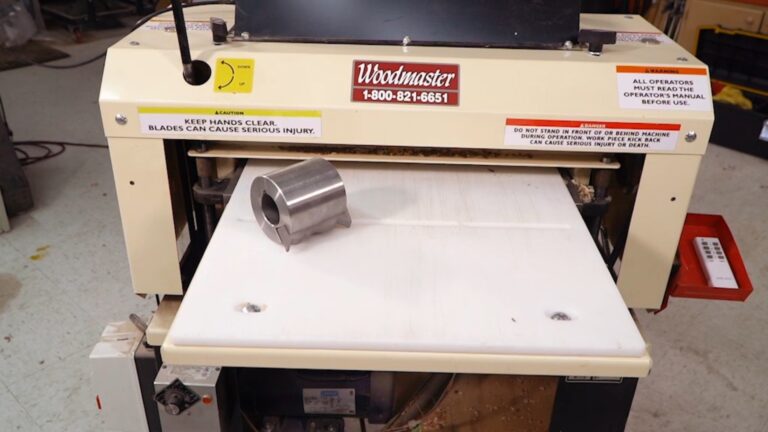


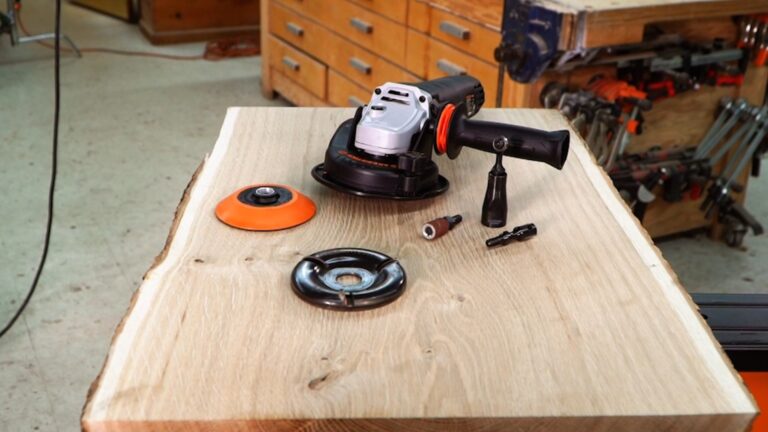






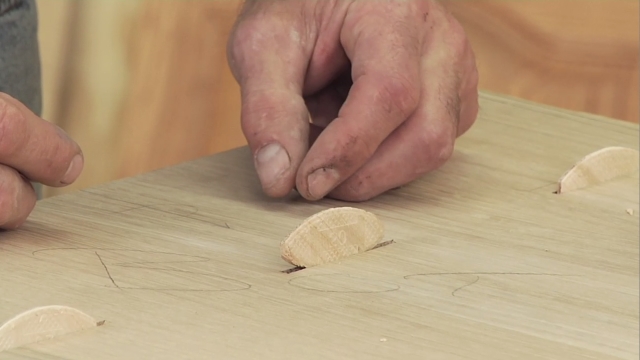
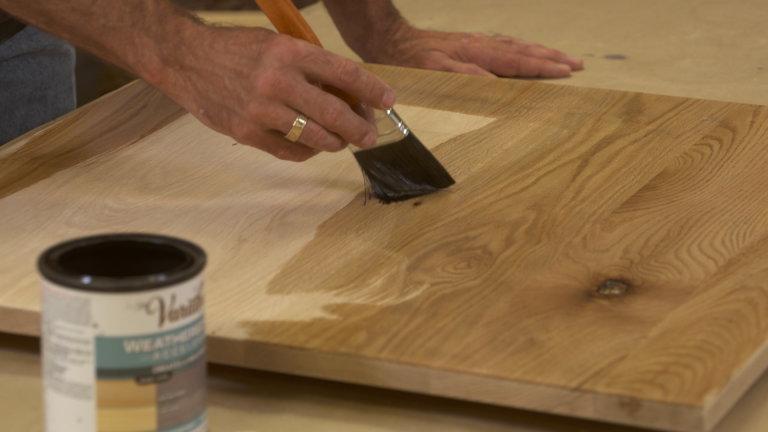

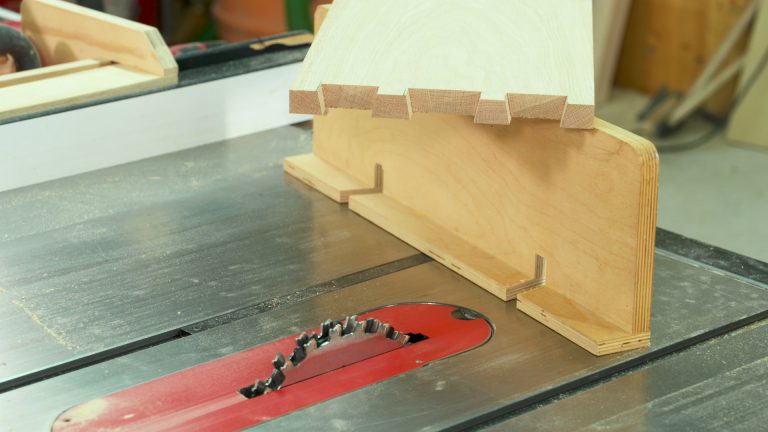
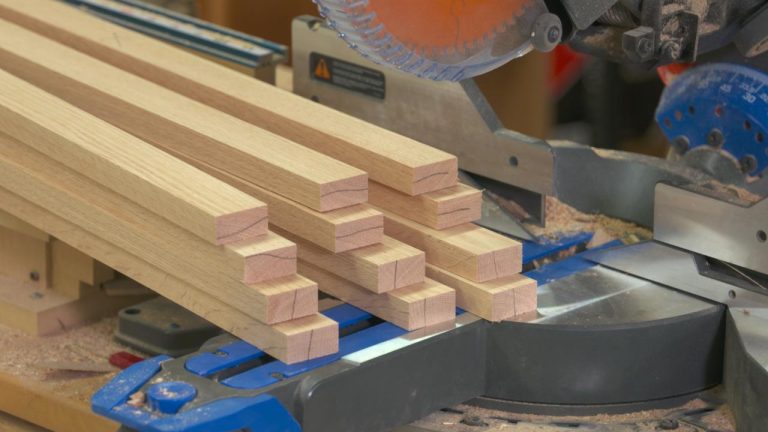
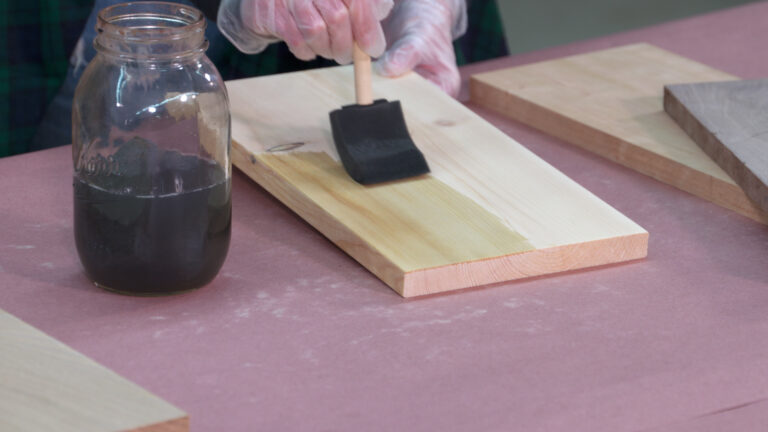
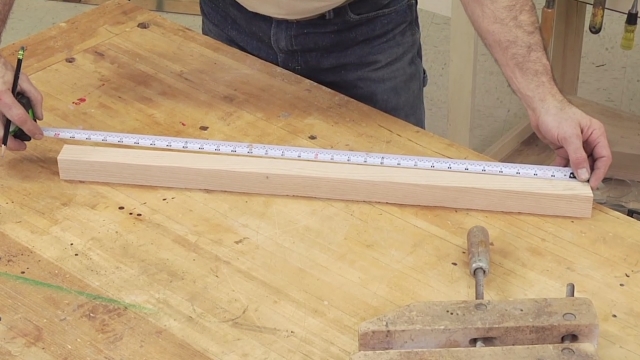

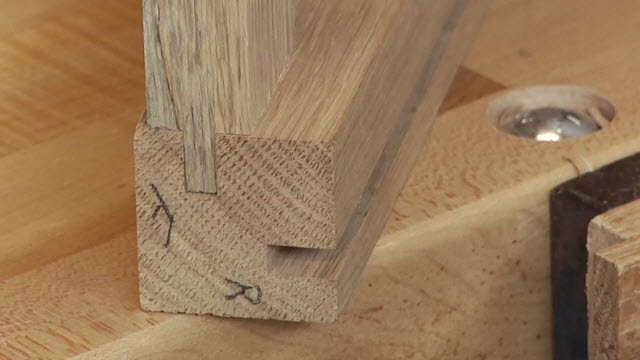
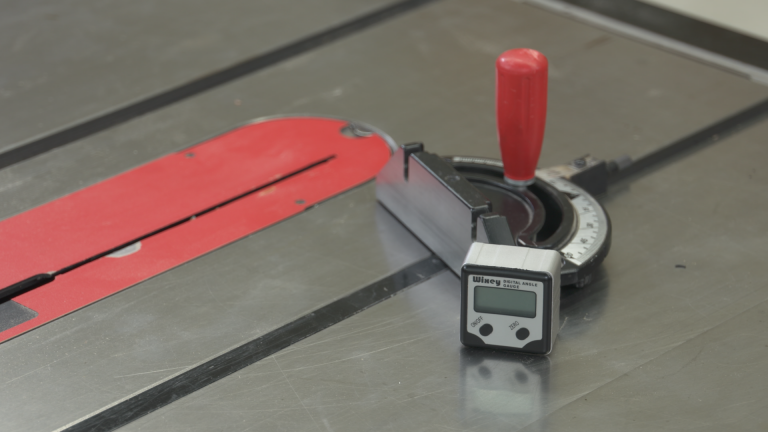
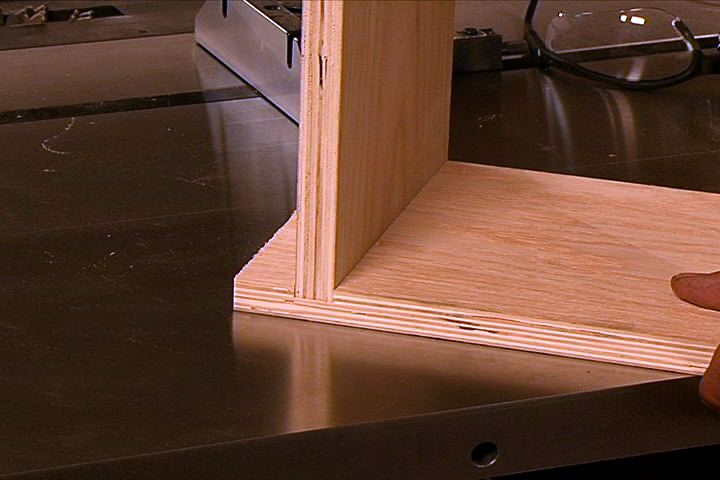
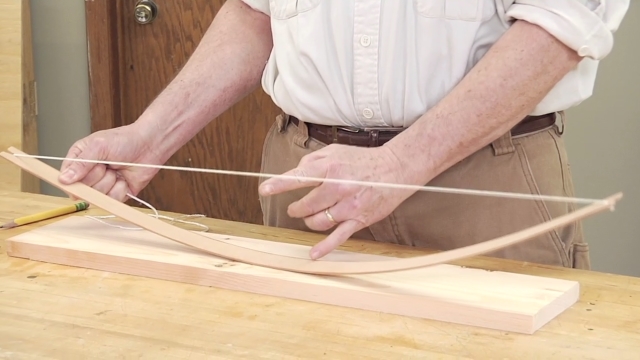
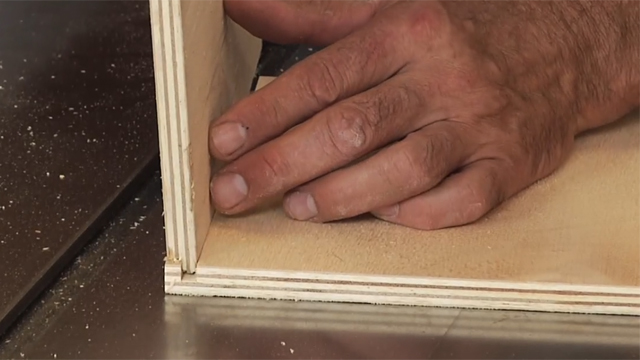


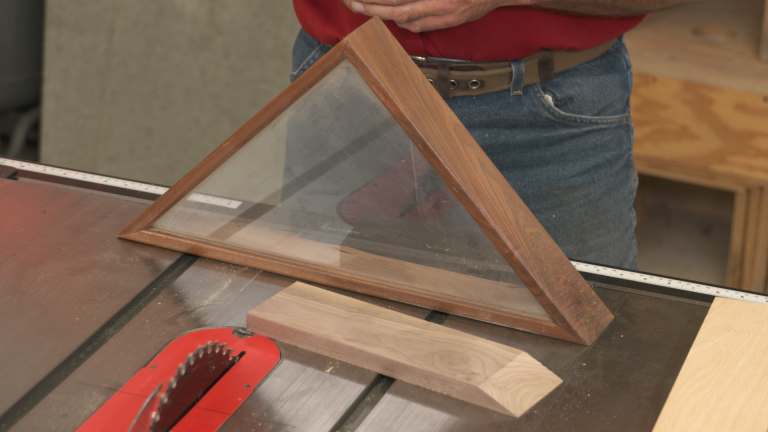
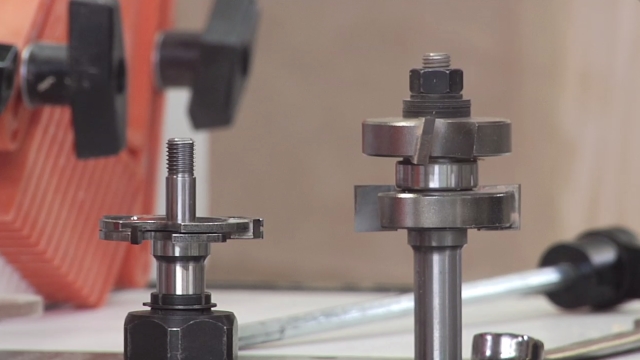

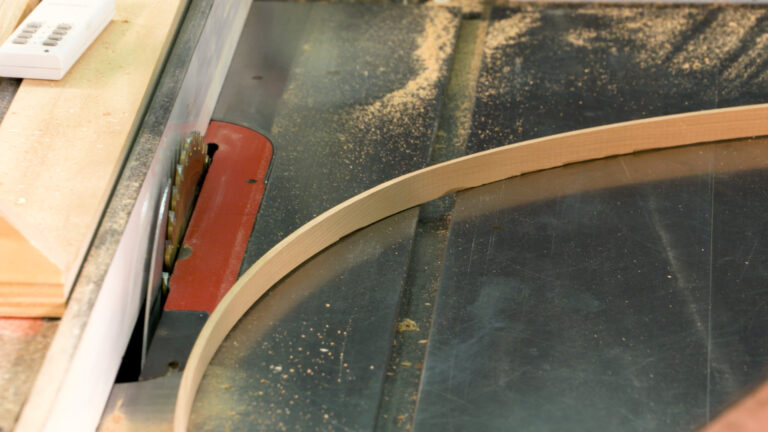

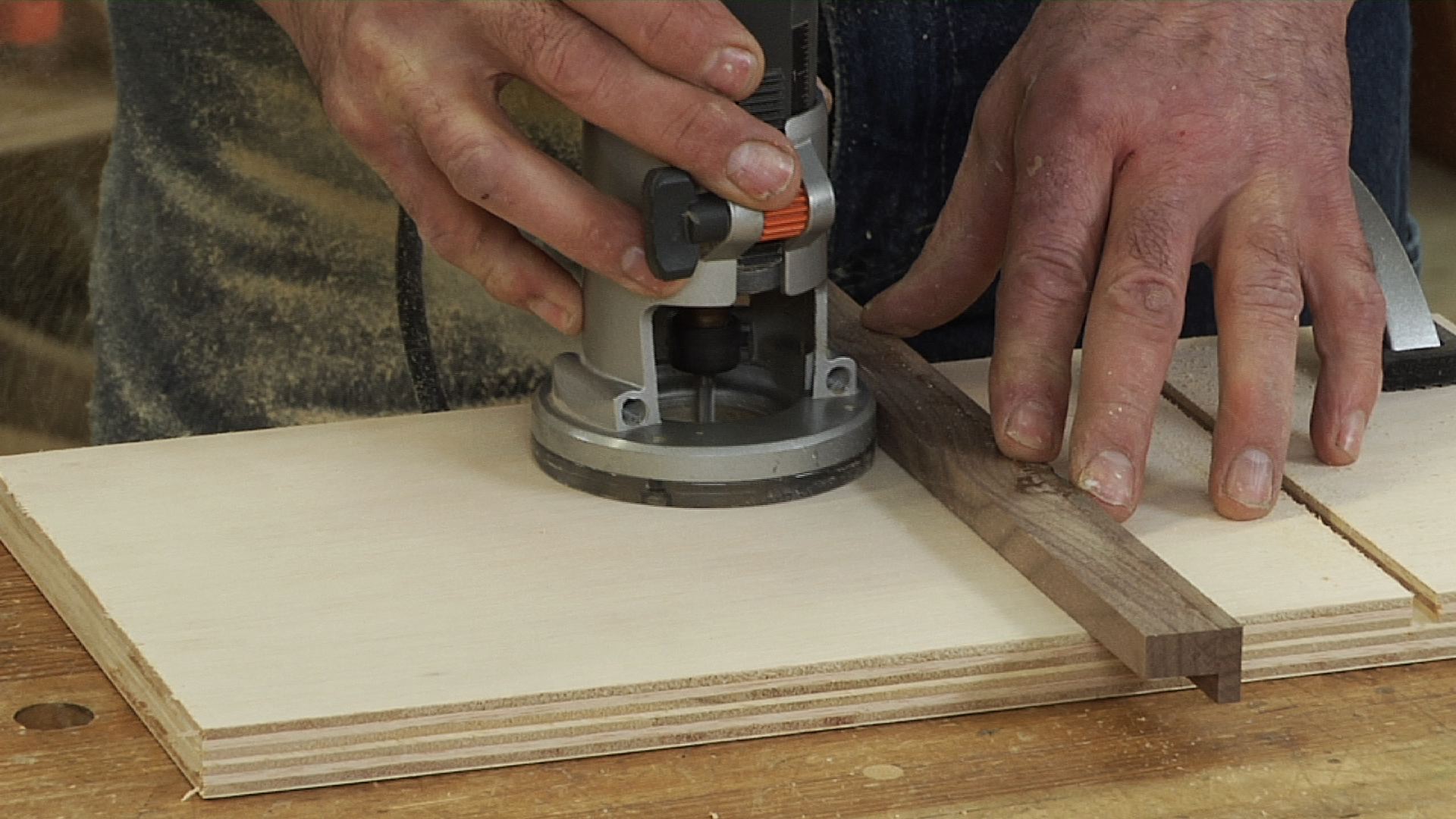

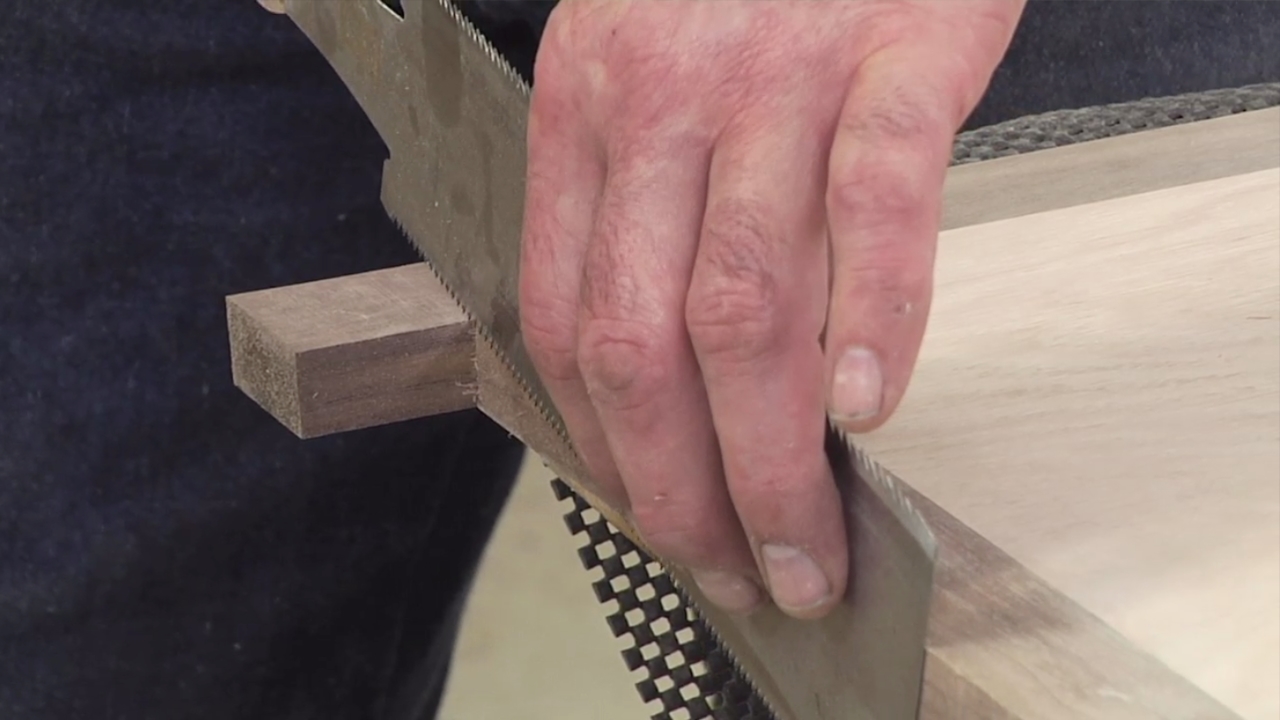


Would be interesting to also give in mm. The USA is the only country using inches. It’s a good learning curve for Americans when also using mm ‘s
Part of the case for a half-deep dado is that it provides extra gluing area. There is no face-to-face gluing area in a dado joint so the extra gluing area is not of any use. If it were why not make the dado three-quarters deep?